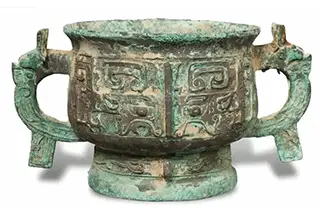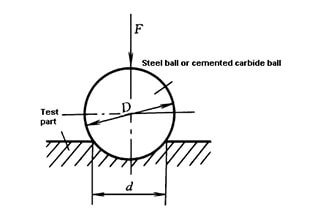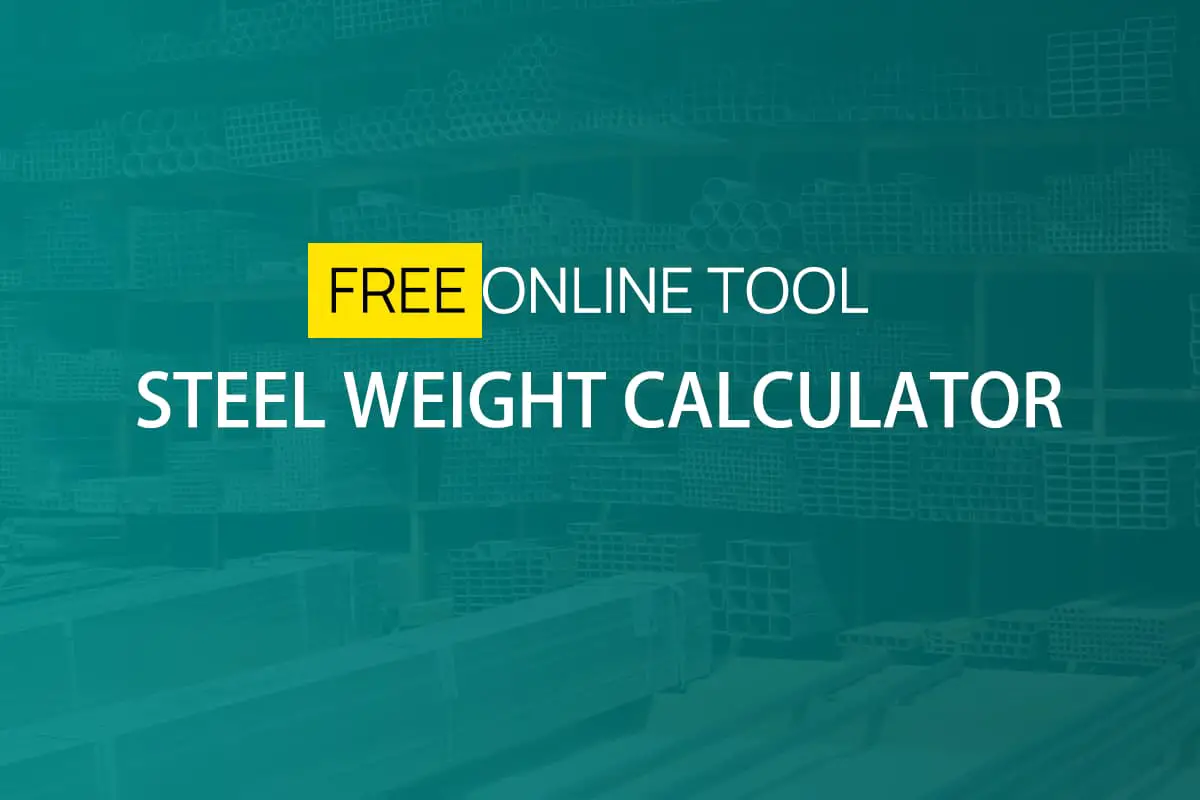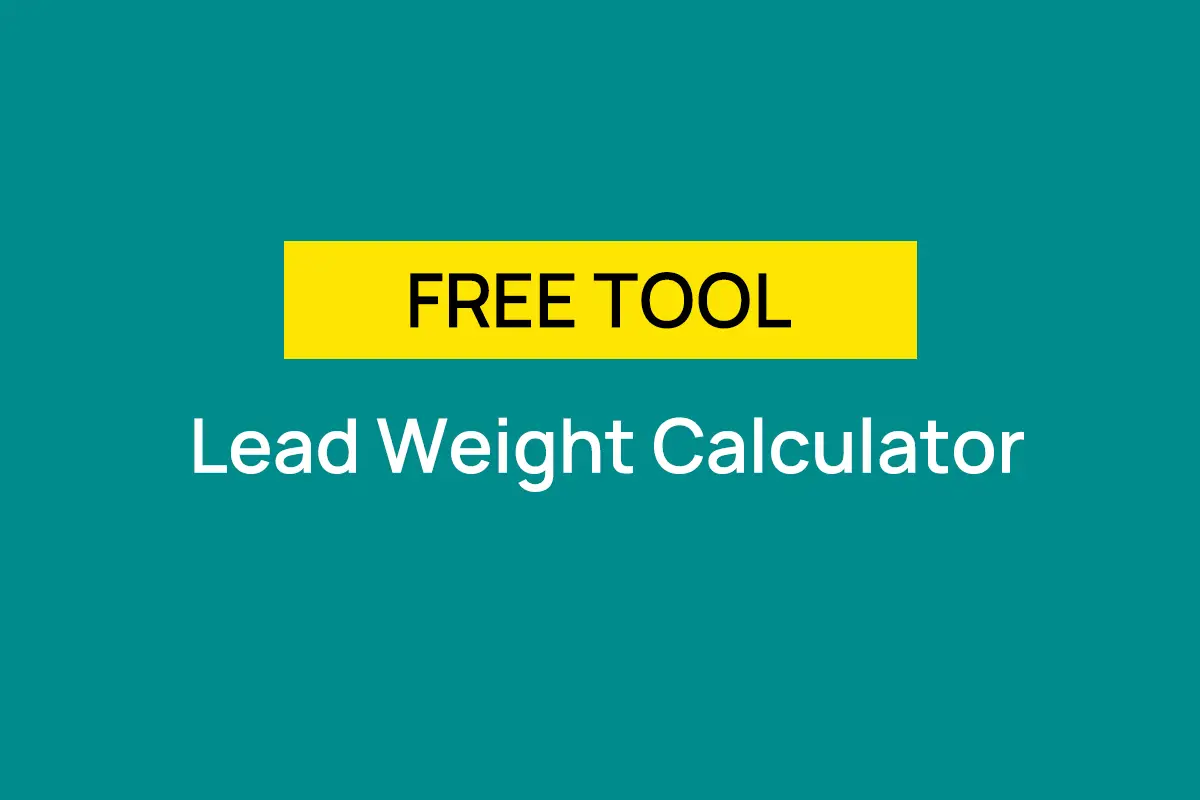
Have you ever thought about the journey iron ore takes to become steel? From raw iron ore mined from the earth to the refined metal used in countless applications, the process is intricate and fascinating. This article delves into the types and characteristics of iron ore, the methods of processing it into steel, and the global distribution of these crucial raw materials. By reading, you’ll gain insight into the foundational elements that support modern industry and technology.
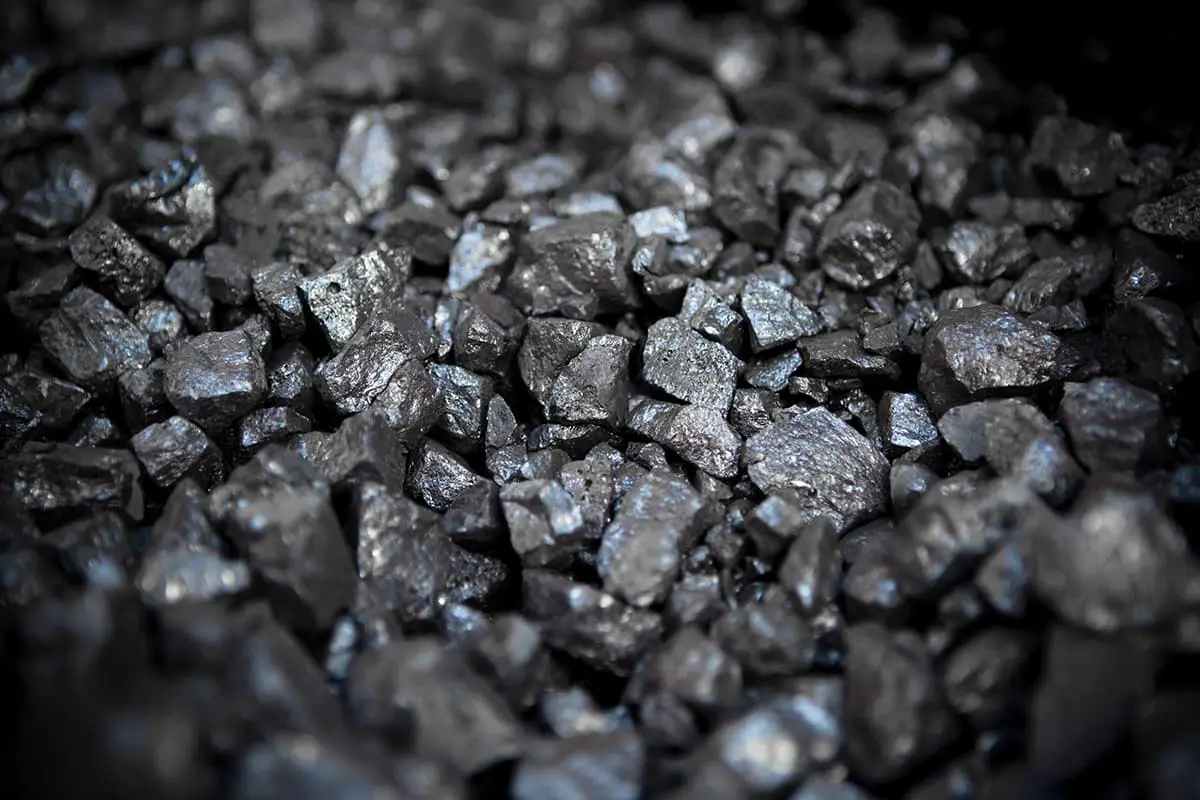
The origin of steel is iron ore, which is the natural form of iron (Fe). Pure iron does not exist in nature. Iron ore is mainly divided into three types: magnetite, hematite, and limonite, all of which are iron oxides, differing in their oxidation methods. The higher the iron content in the iron ore, the better.
Theoretically, the highest iron content in iron ore is around 72%, and iron ore with an iron content above 60% is called rich iron ore. Iron ore is first reduced to iron (pig iron) in a furnace, then sent to a steel-making furnace for decarburization and refined into steel.
Scrap steel can also be melted and regenerated in a steel-making furnace. Generally, steel is made into products of various properties and shapes according to its uses, which are so-called steel products.

Typically, steel products are made by reducing iron ore, melting it into pig iron (smelting), refining pig iron into steel (steelmaking), and then rolling and processing the steel into various steel products. Broadly speaking, steel products include cast iron, cast steel, forged steel products, and products processed from steel.
Before discussing the raw materials of steel, we need to clarify: what exactly is the difference between steel and iron? Do they have different components? In everyday life, we always refer to steel and iron together as “steel and iron”, which indicates that steel and iron should be the same kind of material.
In fact, from a scientific perspective, steel and iron are slightly different. Their main component is the iron element, but they contain different amounts of carbon.
We usually call it “pig iron” when the carbon content is above 2%, and “steel” when it is below this value. Therefore, in the process of smelting steel and iron, iron-containing ore is first smelted into molten pig iron in a blast furnace, and then the molten pig iron is refined into steel in a steel-making furnace.
The raw materials needed to produce steel can be divided into four categories for discussion: the first category discusses various iron-containing ore raw materials; the second category is coal and coke; the third category discusses fluxes used in the smelting process to produce slag, such as limestone; the last category is various auxiliary materials, such as scrap steel, oxygen, etc.
Theoretically, any ore containing iron elements or iron compounds can be called iron ore. However, in industrial or commercial terms, an iron ore must not only contain iron but also have a utilitarian value.
Yet, due to the complex nature of determining the value of an ore, it is challenging to establish a definitive standard for iron ore in the industry. For instance, the iron ore produced in Europe is of poor quality with low iron content. They call it iron ore simply because they can’t find better ore.
In contrast, Australia has abundant reserves of high-quality, high-iron-content ore, so the type of ore used in Europe is considered worthless in Australia. Thus, what Europe uses as iron ore is not considered as such in the American steel industry.
Moreover, ores previously deemed worthless due to their low iron content are now valuable iron ores due to advancements in industrial technology and the development of inexpensive methods to enrich the iron content in these ores.
Therefore, we can conclude that the industrial standard for iron ore varies with regional supply and demand, changes in industrial technology levels, and transportation conditions. According to current standards, ores with an average iron content of 25% or more are considered valuable iron ore.
Iron exists in nature primarily as compounds, especially in the form of iron oxides, which are particularly abundant. Here are a few important types of iron ore (the first three are the main types):
(1) Magnetite is an iron oxide ore with the primary composition of Fe3O4, a compound of Fe2O3 and FeO. It is blackish-grey, with a specific gravity of about 5.15, containing 72.4% Fe and 27.6% O. It is magnetic and can be conveniently processed by magnetic separation during beneficiation. However, due to its dense structure, it has a poor reducibility. After prolonged weathering, it turns into hematite.
(2) Hematite is also an iron oxide ore, primarily composed of Fe2O3. It is dark red, with a specific gravity of about 5.26, containing 70% Fe and 30% O. It is the most important iron ore. Depending on its structure, it can be divided into many types, including red hematite, specular hematite, micaceous hematite, and red ocher.
(3) Limonite is an ore containing hydrous iron oxide. It is a generic term for two different structure ores: goethite (HFeO2) and lepidocrocite (FeO(OH)). Some people write its main chemical formula as m Fe2O3nH2O. It appears earth-yellow or brown, containing about 62% Fe, 27% O, and 11% H2O, with a specific gravity of about 3.6-4.0. It often coexists with other iron ores.
(4) Siderite, an ore containing Iron Carbonate, primarily consists of FeCO3 and exhibits a bluish-gray color with a specific gravity of around 3.8. This ore often contains a considerable amount of calcium and magnesium salts. Due to the high heat absorption of carbonate ions at temperatures around 800 to 900°C, which releases carbon dioxide, this type of ore is typically roasted before being introduced into a blast furnace.
(5) Silicate Iron, a complex salt ore, does not have a definite formula and its composition varies greatly. It generally has a deep green color, a specific gravity of about 3.8, and a very low iron content, making it a rather poor iron ore.
(6) Sulphide Iron ore contains FeS2, with Fe making up only 46.6% and S constituting 53.4%. It has a gray-yellow color and a specific gravity of approximately 4.95 to 5.10. Due to the presence of many other valuable metals, such as copper, nickel, zinc, gold, and silver, this ore is often used as raw material in other metal smelting industries.
Moreover, because it contains a large amount of sulfur, it is frequently used to produce sulfur, making iron a byproduct, which, in fact, means it can no longer be classified as an iron ore.
Iron is widely distributed on the Earth’s surface and is extremely plentiful; almost all rocks and remains of animals and plants contain some iron. According to geological estimates, about 4 to 5% of the Earth’s crust is composed of iron.
Although only a very small portion of these iron-containing substances is valuable iron ore, the supply is extremely abundant. There is currently no definitive figure for estimating the Earth’s iron ore reserves.
The major iron ore producing countries that have been identified include the United States, Canada, Brazil, Australia, South Africa, India, France, the United Kingdom, Sweden, Spain, the Soviet Union, China, and Venezuela.


